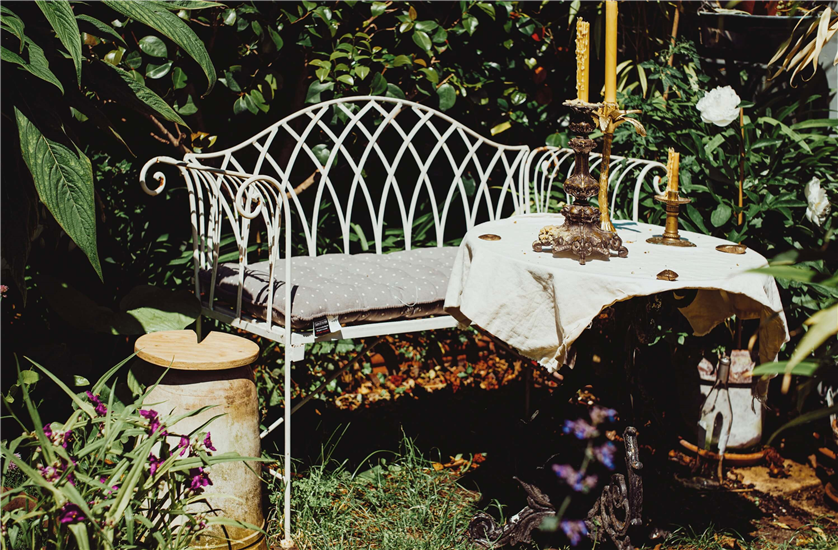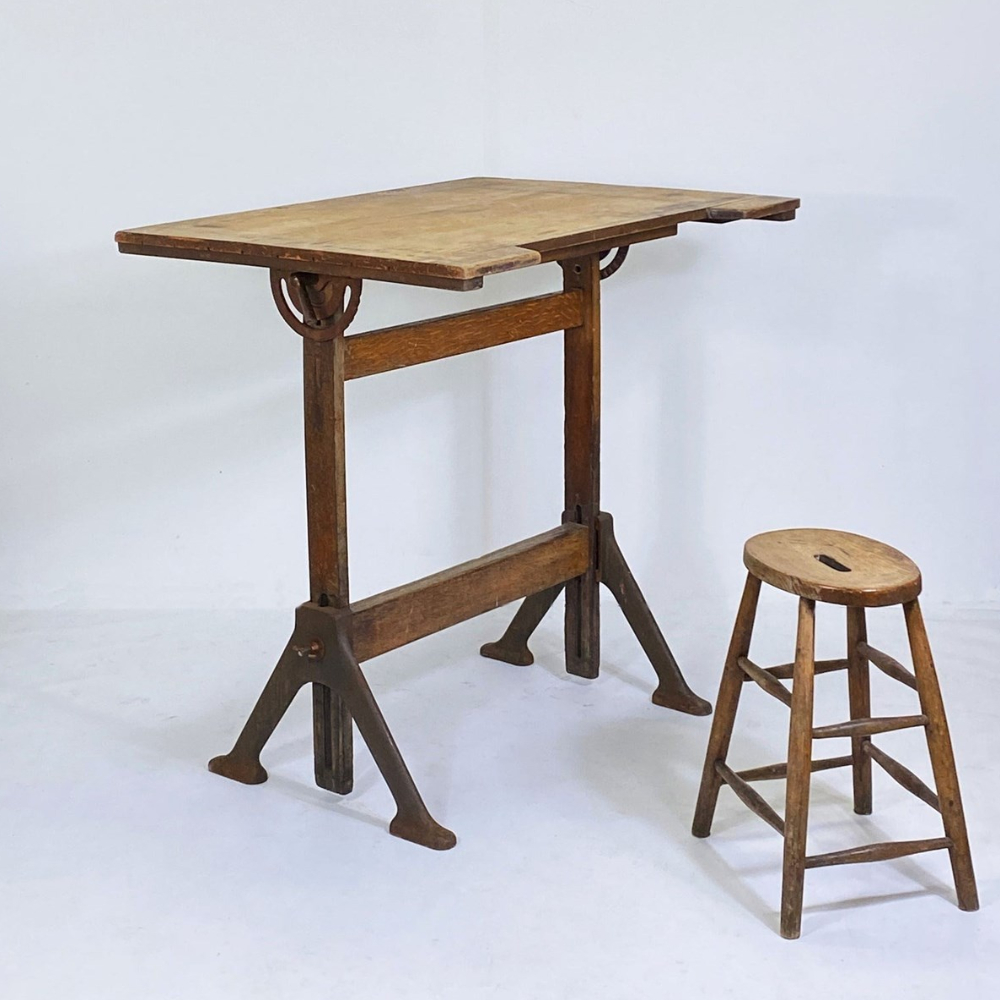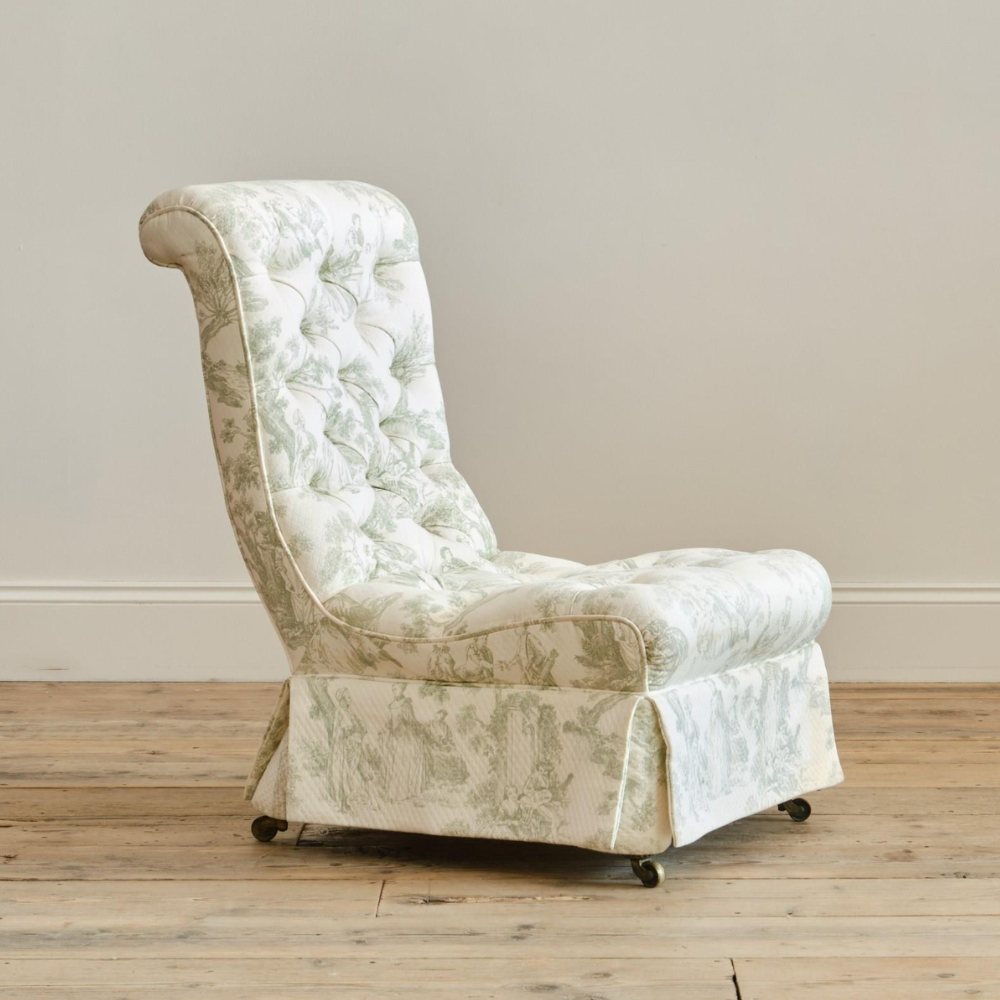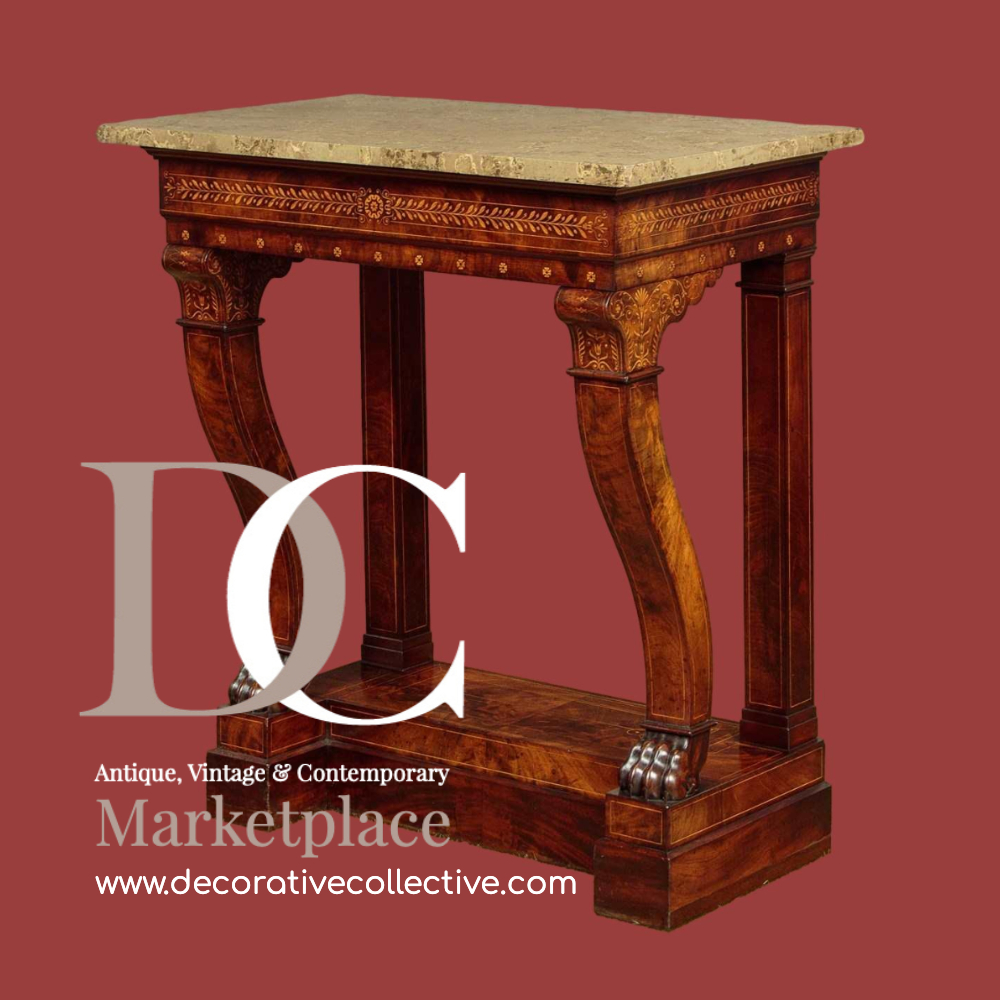
Do you have a collection of antique garden furniture? If so, you know how much pleasure these pieces can bring. But how do you keep them in good condition so they last many more years?
Use vacuums and dry sweeping to remove dust
In dry summer months, or after time in storage, dust can be difficult to get rid of from your patio furniture.
To tackle this, regularly vacuuming your furniture and using a dry, stiff bristle brush to remove dust is always an excellent first step to help keep it in good condition. You can also use a soft cloth to gently wipe away any dust that's a bit more stubborn.
When bringing your garden furniture back into use, it's essential to give it a good clean to ensure that any dust or dirt doesn’t get trapped inside.
Clean your furniture with the right products
When using cleaning products on your furniture, you must use ones designed for antiques.
Modern cleaning products can contain many harsh chemicals that can cause more damage to your furniture. It’s best to choose a mild, non-detergent cleaning solution appropriate for your piece.
Once clean, give it a good wipe down and leave it to dry naturally, avoiding direct sunlight that could lead to discolouring.
Check for rot or rust and treat any problems as soon as you can
Cleaning your antique is the best time to take the opportunity to check for any rust or rot.
If your furniture is made of wood, you should check it for rot every year. Inspect it closely, looking for any discolouration or soft or spongy spots. If you find any problems, you should treat them quickly before they get any worse. You might be able to treat the problem by using a fungicide and disinfectant.
If you have iron furniture, you might notice that the iron is starting to rust. This can be treated by washing off the rust and applying a protective oil finish. Repainting the item with suitable metal paint is also a brilliant option and helps to freshen up the metal.
Re-oil any parts that are showing signs of wear
Some antique garden furniture may be made with iron joints and hinges. Over time these may become worn and stiff and need to be re-oiled.
A quick coat of oil will stop them from rusting and slow down the wear and tear on your furniture.
Protect your furniture from the elements
The biggest threat to antique garden furniture is exposure to the elements and not just rain or snow. If your furniture is outside all year round, it will start to rust, crack, rot and become discoloured.
You can protect your furniture by covering it with a protective cloth when it’s not in use and moving it inside when bad weather is expected. Choose a fabric that lets water through so the furniture doesn’t become completely dry during wet weather. This is especially important in coastal areas where salty air can cause discolouration on iron furniture.
Storing your furniture away during the winter is perhaps the best protective measure from the weather, and giving it extra care before doing so is never a bad idea.
The key takeaway
Antique garden furniture is a great way to add character to your garden. Whether you have one piece or several antiques from different eras, it’s essential to follow these simple tips if you want your furniture to remain in good shape for years to come.




